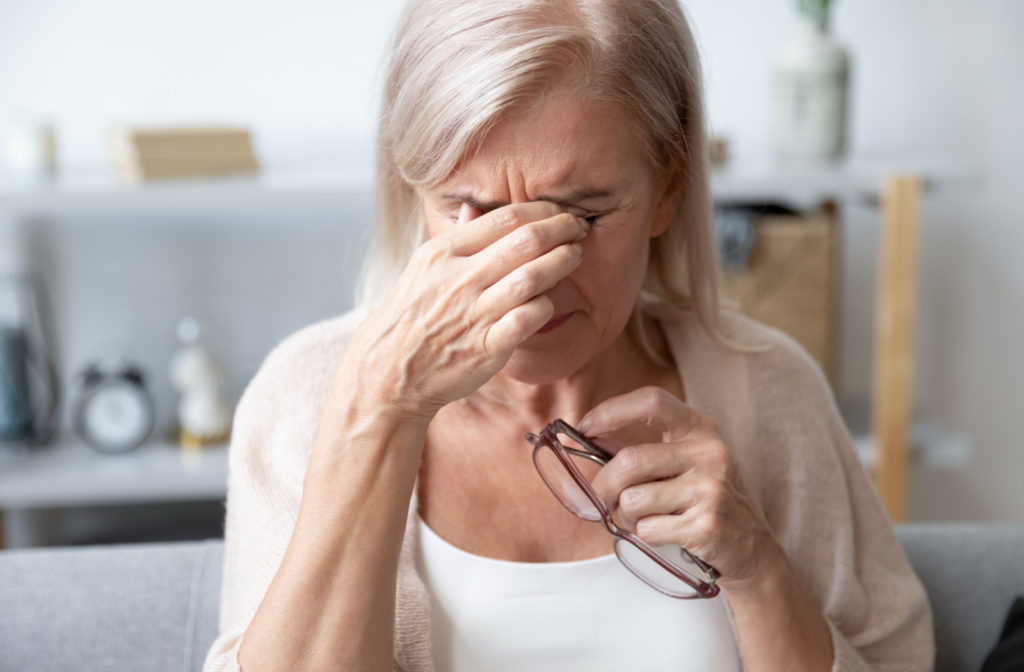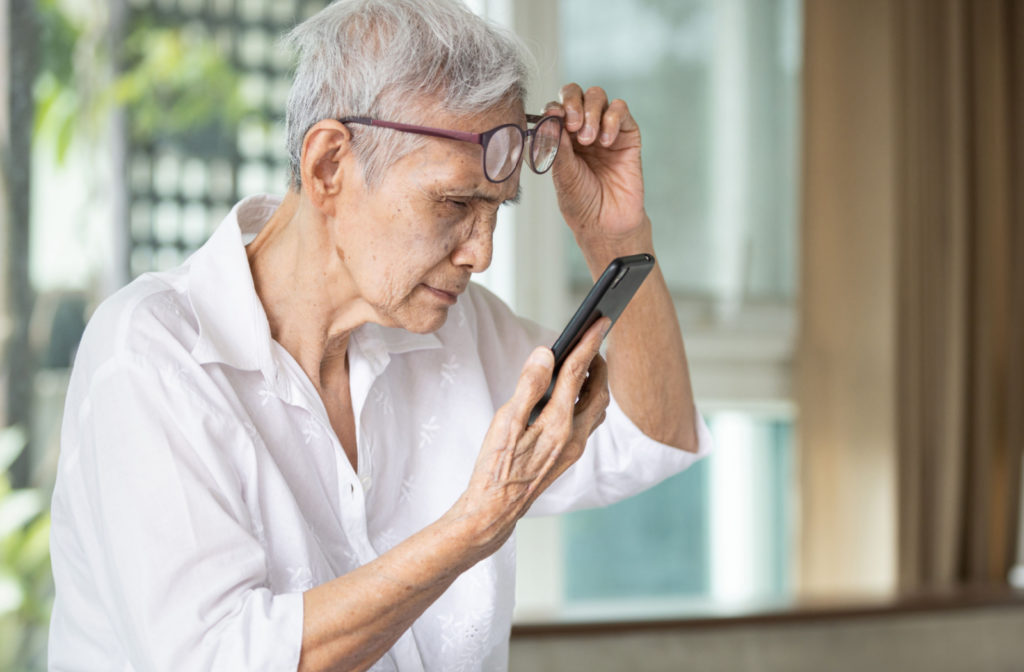When it comes to vision problems, myopia is one of the most common issues. Also known as nearsightedness, this condition is best characterized by causing objects to appear blurrier the further they are from your eye. While there are treatment options available, there’s one question often asked: Does myopia get worse with age?
Typically, myopia develops in childhood before stabilizing around the age of 20. However, there are some circumstances where symptoms can continue progressing further into adulthood. This can include exposure to an environment where you’re constantly working near your face or the natural degeneration that occurs in the eye with age.
No matter what may be causing your vision problems, it’s important to regularly visit your optometrist for comprehensive eye exams so they can help diagnose potentially developing conditions. This gives you the chance to work closely with them to build a treatment plan to treat your optical concerns.
What Is Myopia?
Myopia, better known as nearsightedness, is a visual condition that causes objects to become blurrier the further they are away from you. People suffering from myopia may have problems reading street signs or seeing objects more than a few feet from their faces clearly. This is caused by the eye slowly becoming too elongated or the cornea being curved incorrectly.
In a healthy eye, light is refracted through the clear front lens before focusing on a singular point located on the retina. However, when the cornea is misshapen or the eye is too long, this focal point is reached before the retina, rather than on it. This leads to light rays scattering in the eye and difficulty seeing objects clearly.
Typically, the symptoms of myopia include:
- Difficulty seeing objects far away
- Blurry vision
- Rubbing the eyes
- Constant squinting
- Eye fatigue or eye strain
Myopia is considered a progressive condition, as it continues to develop and progress further before stabilizing.
What Causes Myopia?
While the exact causes of myopia are unknown, it’s believed that a person’s likelihood of developing this condition is closely linked to genetics and environment. If one or both of your parents have myopia, it’s much more likely that you’ll develop this condition yourself.
Alongside this, it’s also believed that prolonged exposure to activities that require nearby focus, like reading or using screens close to your face for a long period of time, can contribute heavily to whether or not you’re at risk of developing myopia. Medical conditions may also play a role in the likelihood of myopia developing or how severe the symptoms appear.

Does Myopia Worsen as You Age?
The symptoms of myopia vary from person to person in their severity. While some people only experience a small change in their prescription, others may notice their eyes getting significantly worse with age. While myopia typically stabilizes around the age of 20, in some situations, it can worsen past this point.
As you get older, your eyes begin losing their natural elasticity and experience wear and tear. Conditions like presbyopia or diabetic retinopathy can affect your eyes in many ways, causing myopia to become more severe.
Lifestyle changes and environmental factors can also contribute to myopia worsening with age. With the rise of technology usage, many people find themselves working closer to their face, exposing themselves to prolonged screen use, and engaging in activities that require close visual focus. This can lead to long-term eye strain and affect your level of myopia.
If you notice your vision is getting worse, you should visit your optometrist for a comprehensive eye exam. While many naturally occurring factors can contribute to myopia worsening with age, many medical conditions can as well. It’s important to have your eyes checked by a trained eye care professional so they can determine if you have any other conditions developing.
How Is Myopia Treated?
Fortunately, myopia is a common enough condition that there are many treatment methods available. Typically, these approaches focus on correcting your refractive error to help your eye refract light properly. These forms of treatment include:
- Prescription eyeglasses
- Contact lenses
- Corrective surgeries, like LASIK or PRK
- Orthokeratology, also known as ortho-k. This is a treatment where you wear specialty contact lenses overnight to temporarily reshape the cornea and eye. When removed in the morning, the eye is shaped properly to refract light correctly.
- MiSight contact lenses, which have been linked to reducing how much myopia progresses by almost 60%.
Your Destination for Myopia Solutions
Myopia is a common condition affecting millions of Americans every year, and fortunately, this means that treatment is readily available. By seeking the help of a caring eye care professional, you can receive a comprehensive eye exam and a diagnosis of what’s causing your vision problems.
At Rancho Santa Margarita Optometry, we understand how important your vision is to your daily life, and we’re here to help. Schedule an appointment with us today to take the first step towards clearer vision.


